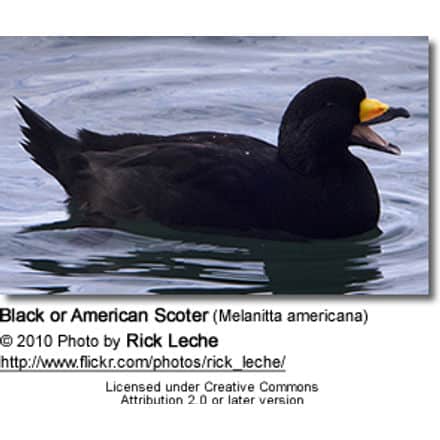Roraiman Antwrens (Herpsilochmus roraimae)
The South American Roraiman Antwrens (Herpsilochmus roraimae) occur naturally in Brazil, Guyana and Venezuela where they are usually found in the forest canopy of tepui forests.
They are often seen in pairs, especially during the breeding season.
At other times, they often join mixed-species feeding flocks.
Two subspecies have been recognized:
- Herpsilochmus roraimae roraimae (Hellmayr, 1903 – Nominate Race)
- Range: Tepui region of Southeast Venezuela, as well as adjacent northern Brazil (northern Roraima) and west-central Guyana.
- Herpsilochmus roraimae katheenae (Phelps Jr. & Dickerman, 1980 – Sub-species)
- Range: Tepui region of southwest Venezuela and adjacent Brazil (northern Amazonas)
Description:
- Roraiman Antwrens Male: greyish plumage above, black crown, white below; thick white line above eyes and white spots on the wings; white undertail feathers.
- Roraiman Antwrens Females: like males, except for a more brownish plumage.
- Both genders have heavy white bills, long tails, rounded wings and strong legs.
- Similar Birds: Resemble Spot-tailed and Todd’s antwrens – but only the latter’s range overlaps at lower elevations. However, Roraiman Antwrents are substantially larger in size and have bolder markings and more white in tail.
Diet / Feeding:
Roraiman Antwrens are insectivorous; mostly feeding on insects and other arthropods, and, to a lesser extent, small vertebrates. As is typical of Antwrens, they follow columns of army ants to hunt the small invertebrates flushed by the ants.
Breeding / Nesting:
These Antbirds mate are monogamous, mating for life. Pairs will occupy, and defend, breeding and feeding territories. Most nests contain two eggs in nests that are either suspended from branches or supported on a branch or a stump. Both parents share the tasks of incubation tthe eggs and caring for the chicks.
Calls / Vocalizations:
Their contact calls are described as a “rubbery smacking,” often doubled and repeated in long series. Their songs are a throaty, forceful series of laughing notes, decelerating and dropping slightly in pitch.
Global Names:
- Catalan: formigueret de Roraima
- Chinese: 罗来曼蚁鹩 / 羅來馬山蟻鷯
- Croatian: roraimska mravarica
- Czech: mravenčík roraimský
- Danish: Roraimamyresmutte
- Dutch: Roraimamiersluiper
- Finnish: tepuilehvämuura
- French: Grisin du Roraima
- German: Tepuiameisenfänger
- Italian: Scricciolo formichiero del Roraima
- Japanese: onagamayuarisazai / オナガマユアリサザイ
- Lithuanian: Roraiminis juodakepuris esperitas
- Norwegian: Tepuimaursmett
- Polish: mrówczynek popielaty
- Portuguese: chorozinho-de-roraima
- Russian: Рораимский эсперито
- Slovak: batara roraimská
- Spanish: Tiluchí del Roraima
- Swedish: roraimamyrsmyg
- Ukrainian: Каатинга попеляста
Antbird Information … Antbird Species
Beauty Of Birds strives to maintain accurate and up-to-date information; however, mistakes do happen. If you would like to correct or update any of the information, please contact us. THANK YOU!!!




